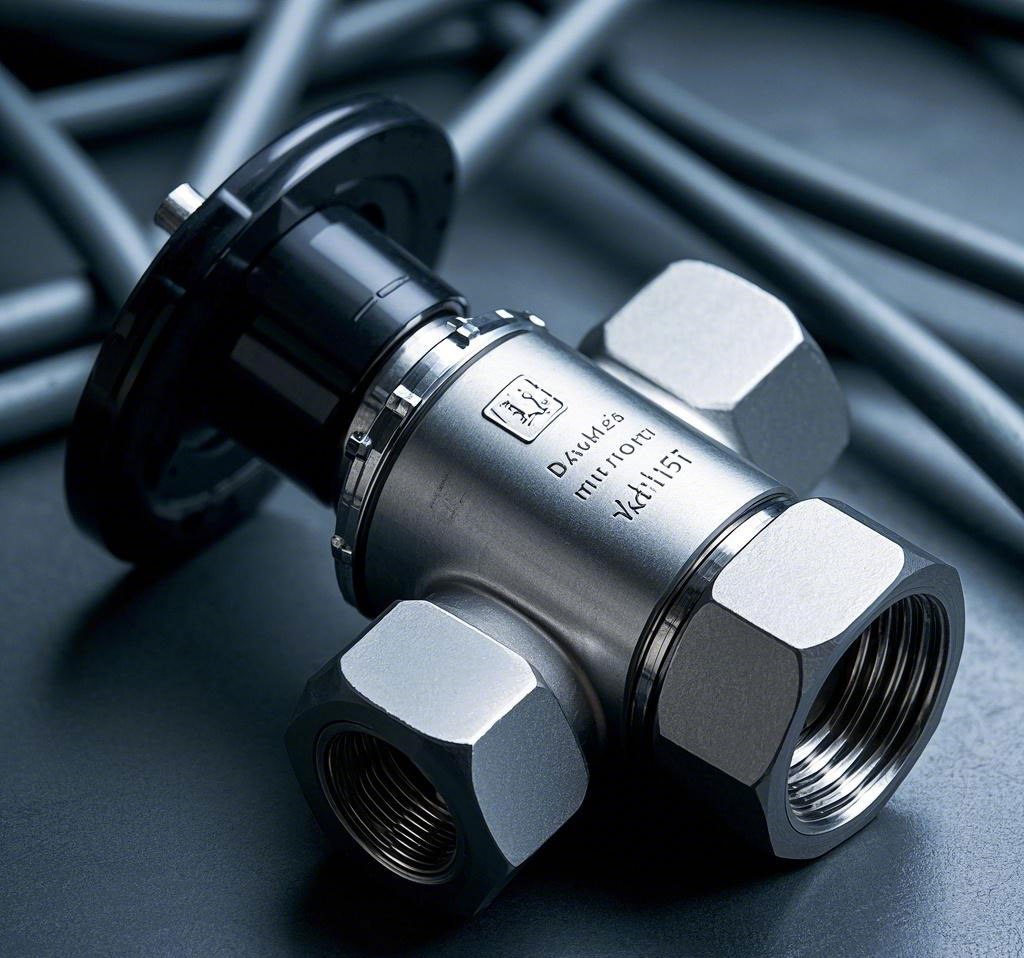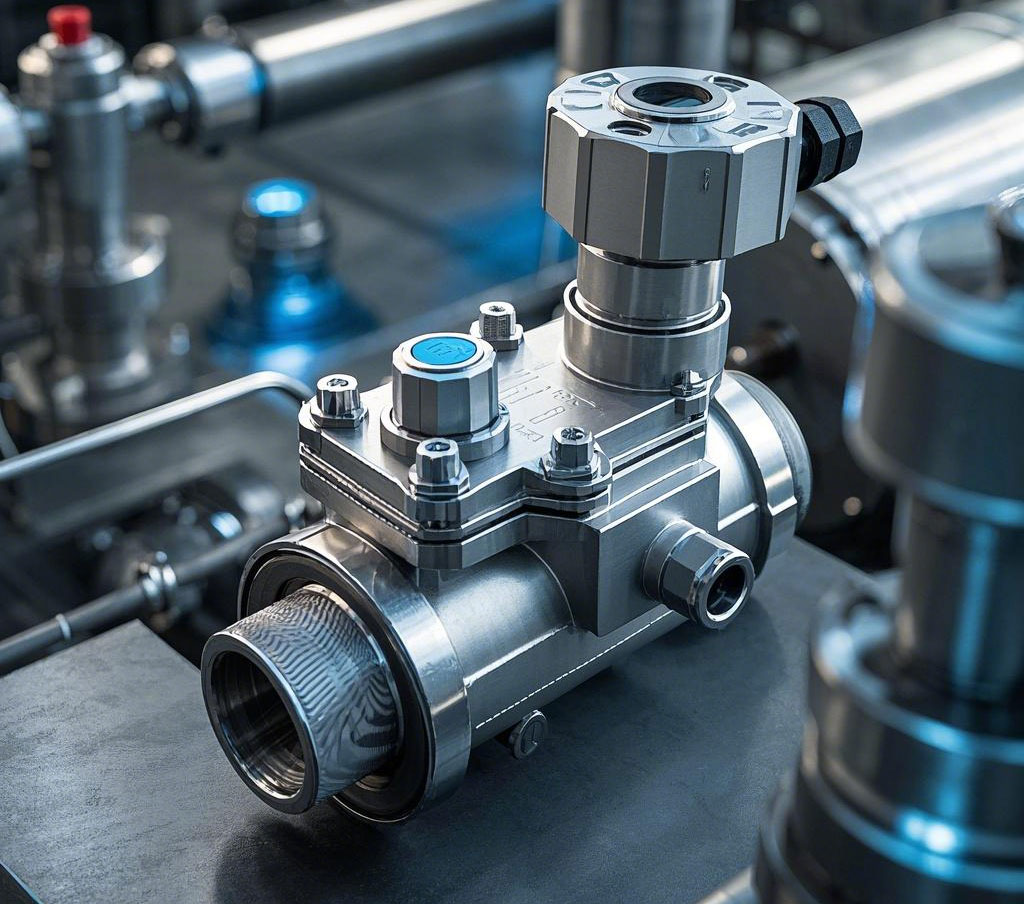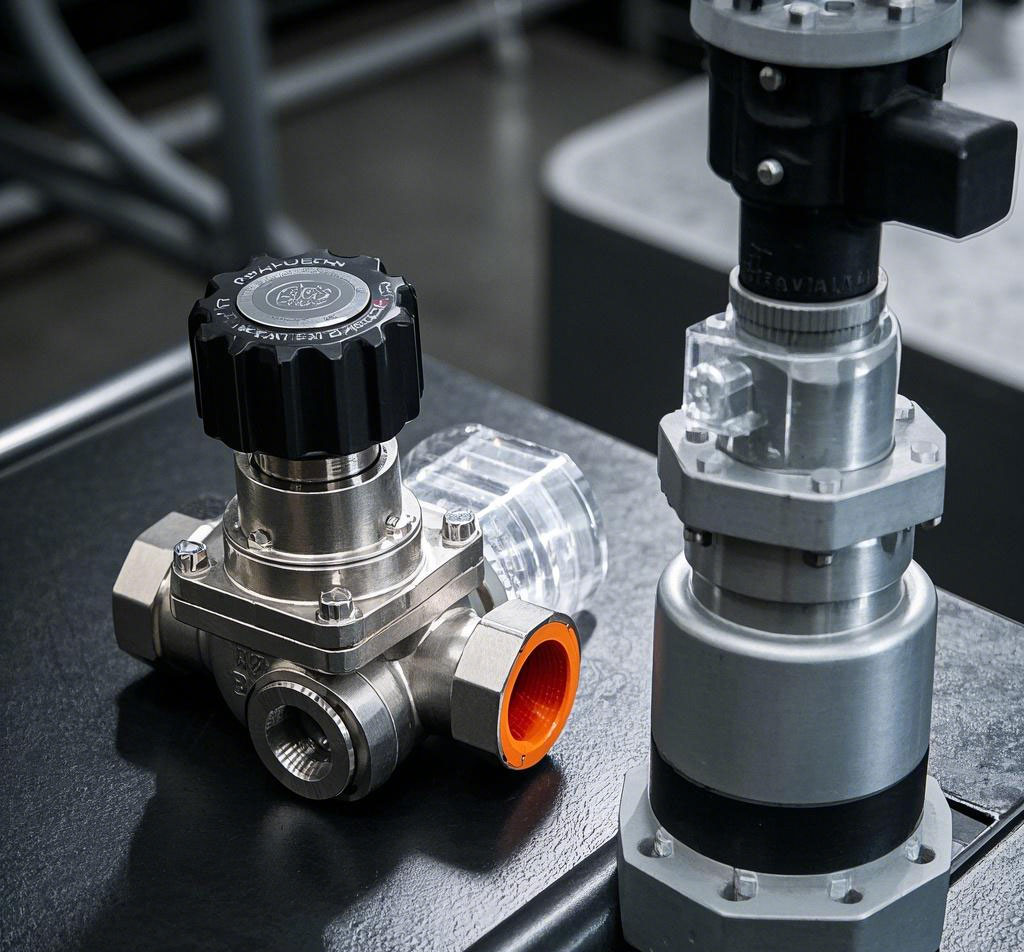Diaphragm valves and globe valves as the core equipment for industrial fluid control, the structural differences directly affect the performance and application scenarios. In this paper, through a comparative analysis, to help you make a scientific choice according to the needs of the working conditions.
First, the core structure differences
Valve type closure movement sealing mechanism Typical applications
Globe valve Valve flap along the center line linear movement Single sealing surface (valve and seat) Steam pipeline, high-pressure system
Diaphragm valve Elastic diaphragm compression blocking flow path Double isolation layer (diaphragm + body lining) Corrosive media, food and medicine
Second, performance comparison analysis
- Globe valve characteristics
Advantages:
Wear-resistant design: valve and seat single sealing surface to reduce friction (maintenance cycle extended by 30%).
Precise adjustment: linear correlation between stroke and flow (adjustment accuracy ±5%).
High temperature resistance: asbestos-graphite packing withstands temperatures up to 550°C (ASME B16.34).
Disadvantages:
Higher pressure loss: the flow resistance coefficient is 2-3 times higher than that of ball valves.
Slow opening and closing speed: the full stroke time is about 10-30 seconds (only 0.1 seconds for ball valves). - Diaphragm Valve Features
Advantage:
Media isolation: Diaphragm blocks corrosive media from contacting the actuator (suitable for Cl-concentrations > 10,000 ppm).
Easy Maintenance: Modular design with diaphragm replacement in 30 minutes.
Hygienic design: dead space free construction meets FDA approval (for dairy products).
Limitations:
Size Limitations: Maximum DN200 (shut-off valves up to DN600+).
Pressure/Temperature: ≤1.6MPa, ≤180°C (up to 300°C for special materials).
III. Selection Decision Tree
Medium type
Corrosive / particulate → diaphragm valve (fluorine lining / rubber material).
High temperature and pressure → globe valve (chrome molybdenum steel body).
Control requirements
Precise regulation → globe valve (linear flow characteristics).
Quick shut-off → Diaphragm valve (response time <2 seconds).
Installation Space
Narrow area → diaphragm valve (40% smaller than globe valve).
Fourth, industry application cases
Chemical industry
Diaphragm valve: Handling concentrated hydrochloric acid (fluorine lined diaphragm).
Globe valve: control steam heating reactor (A182 F11 material).
Water treatment
Diaphragm valve: regulating sandy water (NBR diaphragm).
Globe valve: control of high pressure pump outlet (A105 carbon steel).
Food Processing
Diaphragm Valves: Aseptic liquid transfer (silicone diaphragm).
Shut-off valve: Pasteurizer steam control (316L stainless steel).
V. Maintenance Recommendations
Globe Valve
Quarterly lubrication of valve stem (lithium-based grease).
Replace packing annually (use flexible graphite for high temperature scenarios).
Diaphragm Valves
Check diaphragm aging with each overhaul (2-year replacement recommended).
Disable metal brushes when cleaning the valve body (to protect the lining).
Summary
The selection of a diaphragm valve versus a globe valve depends on media properties, operating conditions, and maintenance requirements. It is recommended that you contact an ASME-certified valve manufacturer for a professional flow analysis. Correct selection can reduce maintenance costs by more than 40%, to ensure the safe and stable operation of the system.



